
Machine guidance is a technology that precisely tracks a machine within a mine to ensure adherence to the mine plan. It gives machine operators and project managers data to stop over digging, under digging, and digging in the wrong location. These uses have ensured machine guidance system’s success in improving mine productivity since mine sites began using it over 20 years ago. Understanding the big picture A mine plan is essentially a business plan outlining how to get the most out of the resources of a mine. Combined with a mine design, a project timeline, and budgets, a mine plan lays out the project goals from mine construction to mine production that everyone from the project managers to

Fleet Management Systems (FMS) provide mine management with relevant production, machine utilisation and health data. But how much of this data do you actually use? In the mining industry, the main objective of a fleet management system is to optimise mine productivity and efficiency based on real-time data. An FMS aims to increase production and improve a fleet’s operational efficiency while minimising costs. Understanding this data is what drives the change to make small improvements in a mine site. FMS needs to be running from 6 to 12 months to gather enough data to understand where the strengths and flaws are. Based on historical data, then managers can flag what improvements can be made and act upon and drive the change from operators to
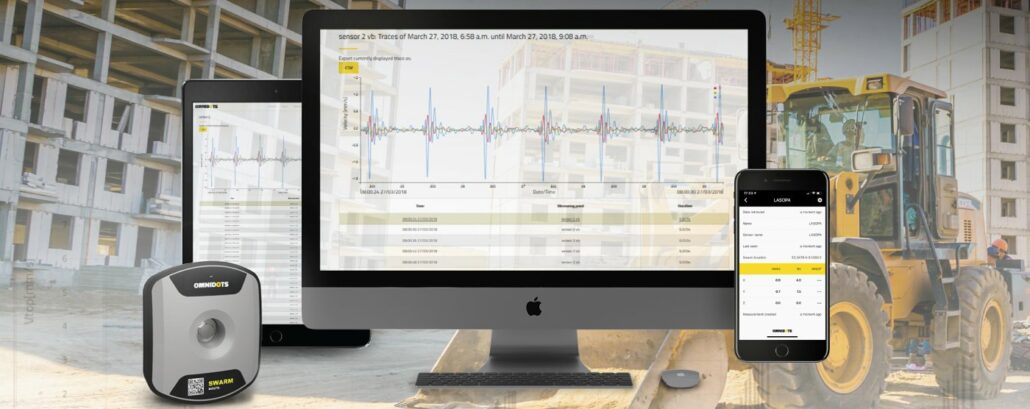
Intelligent positioning solutions provider Aptella to distribute Omnidots’ innovative wireless vibration monitoring equipment throughout Australia and New Zealand. Omnidots specialises in easy to setup, autonomous, reliable vibration monitoring systems for use in infrastructure and geophysical applications. Under the agreement, Aptella has been appointed Master Distributor for the Omnidots range. “The Omnidots solution is unique in its capacity to deliver a fully automated, wireless, and integrated vibration monitoring platform that can be installed and setup in minutes,” said Andrew Jones, Monitoring Marketing Development Manager at Aptella. “The Omnidots range compliments our other deformation monitoring solutions and has already received very positive feedback from customers using it for commercial construction and infrastructure projects,” he added. Vibration monitoring equipment is important in
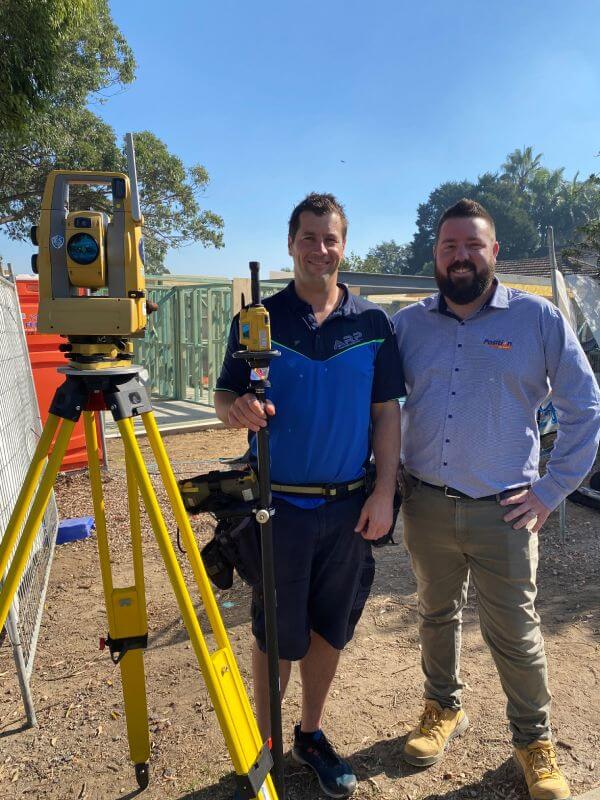
Rob Lyon, Registered Surveyor and Director, ARP Surveyors, an expanding start-up business focussing on cadastral surveys and engineering surveying has been using the Topcon Total Station from Aptella for the past 12 months for all his cadastral surveying purposes. Mr Lyon initially purchased this instrument due to ease of use and the quality of support provided by Aptella. “It was the simplest system I could find with the best offer in respect to support, which is especially important when it comes to the use of a new instrument and getting the job done,” said Mr Lyon. Topcon Total Station improves systems and processes After implementing the Topcon Total Station, Mr Lyon found that he was able to
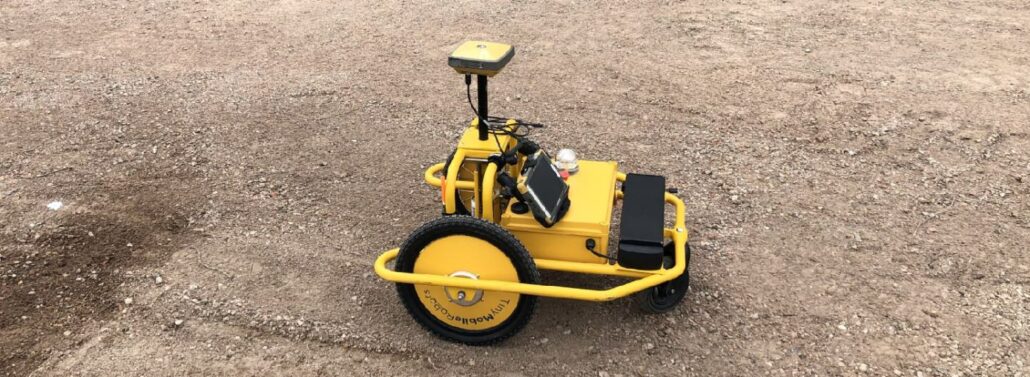
James Sharpe, Survey Manager, CPB Contractors, purchased the Tiny Surveyor GPS line marking robot from Aptella for the West Gate Tunnel Project that involves an upgrade of the existing West Gate Freeway and a new tunnel. “It’s quite a major upgrade of an existing freeway in the western suburbs of Melbourne. It involves a complete reconstruction of the freeway, it’s not just a widening, we’ll basically be rebuilding the whole freeway in stages” said Mr Sharpe. “The Tiny Surveyor will be used for all the projects moving forward. There’s always an intensive road line-marking component on all our road projects.” Why the tiny Surveyor? Another CPB Contractors Project team was already using the Tiny Surveyor so Mr Sharpe
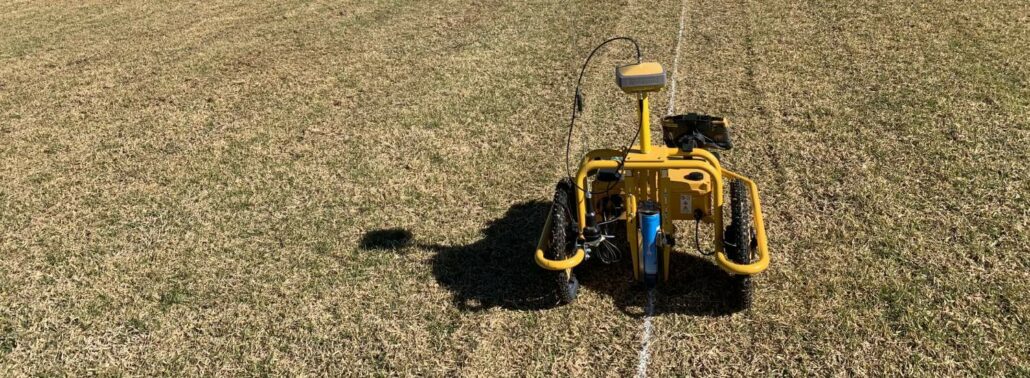
Reece Wilson, Director of Shire Services, Central Darling Shire Council purchased the Tiny Surveyor – Road Line Marking robot from Aptella for a range of road works projects including an initial seal works project. “Central Darling Shire is the largest council in NSW but it’s got the least population, we cover about 53,000 square kms and we have a fairly vast unsealed road network so a lot of the roadworks we do, not only for our own councils but also under contract with Transport NSW, are initial seal works,” said Mr Wilson. “The Tiny Surveyor comes in very handy for those capital works projects with roads. They’re normally 5-10 km sections at a time and we need to
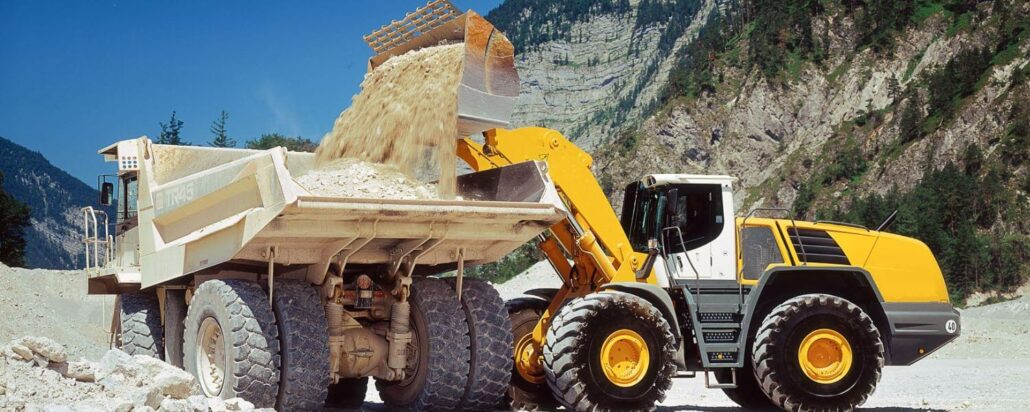
The National Measurement Institute (NMI) advises that industrial scales should be calibrated every 6-12 months depending on the stresses applied to the scale, or after major hydraulic work is completed on the scale. This is for maintaining accuracy, fairness, and to comply with regulations that could otherwise cost you. Maintaining accuracy No matter how robust your industrial scale is, over time it becomes less accurate from natural wear-and-tear. Maintaining accuracy is important for both trade and non-trade purposes, including adhering to the load bearing capacity of a machine, or ensuring you have enough of a certain material for a construction project. When measuring large quantities of material, even a small discrepancy in the scale’s accuracy can result in
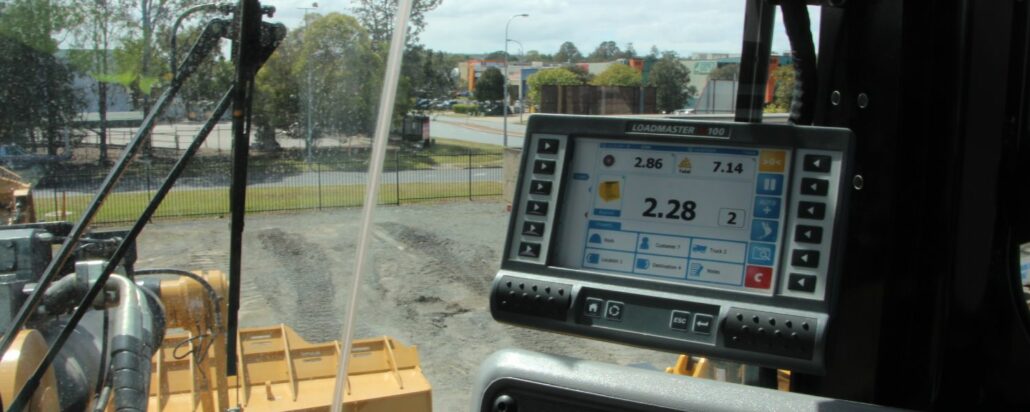
Machine operators, port workers, garden centre managers, and anyone who works with a loose material should be aware of the types of scales available to them, which are suitable for their needs, and what their requirements are. Learn more about the types of scales and which you should upgrade to below. Front end loader scales Front end loader scales are weighing systems built into the loaders’ hydraulic lift lines and feature an easy-to-read visual display. With front end loader scales, operators can determine the weight of the load simply by lifting the bucket at a constant lift speed, rather than having to drive to the weighbridge, stop, and turn around if loaded incorrectly. Weighing loads on front end









